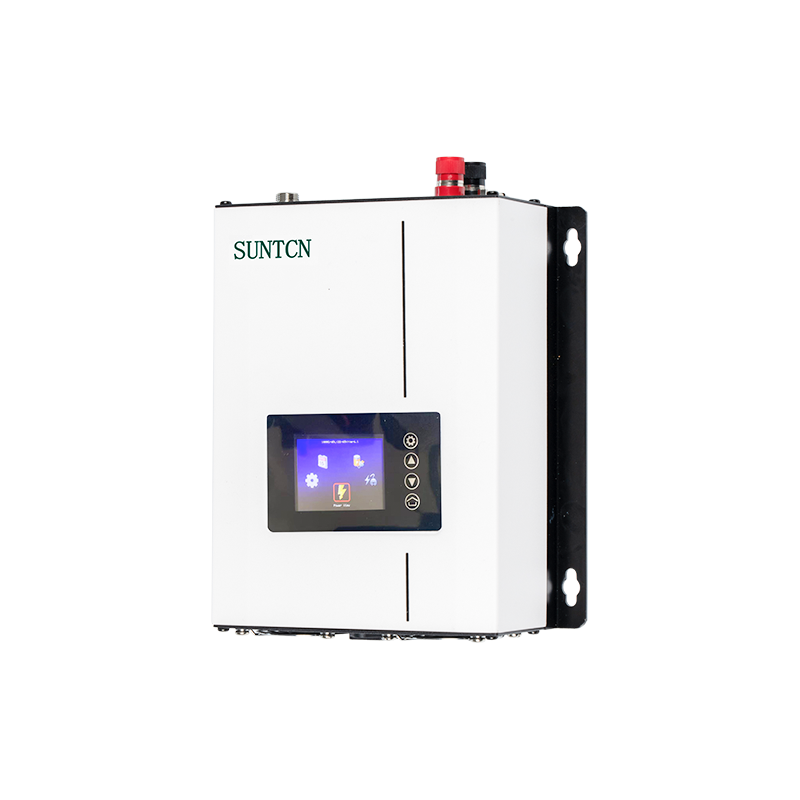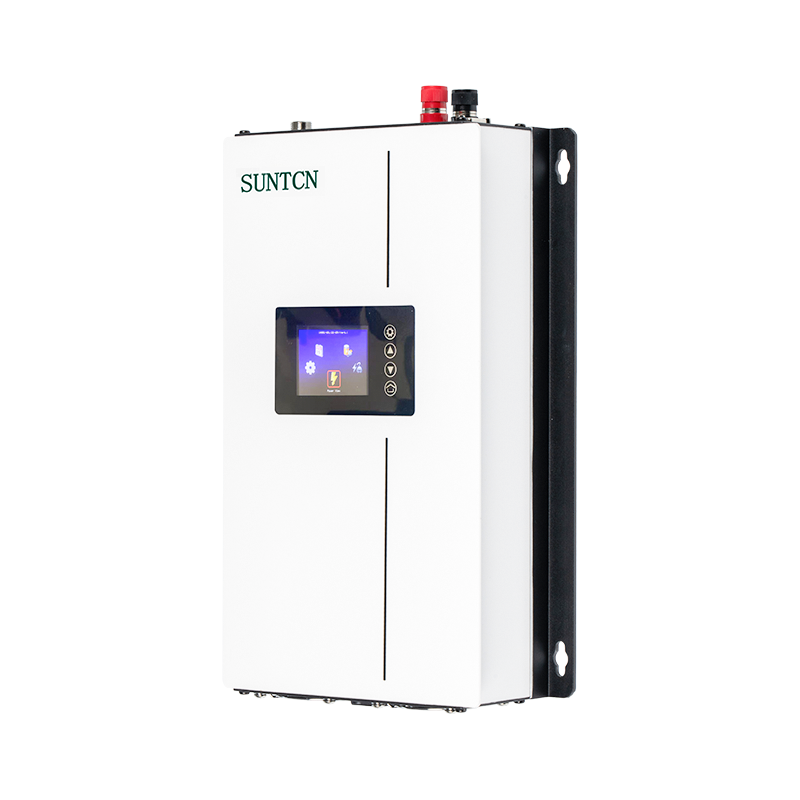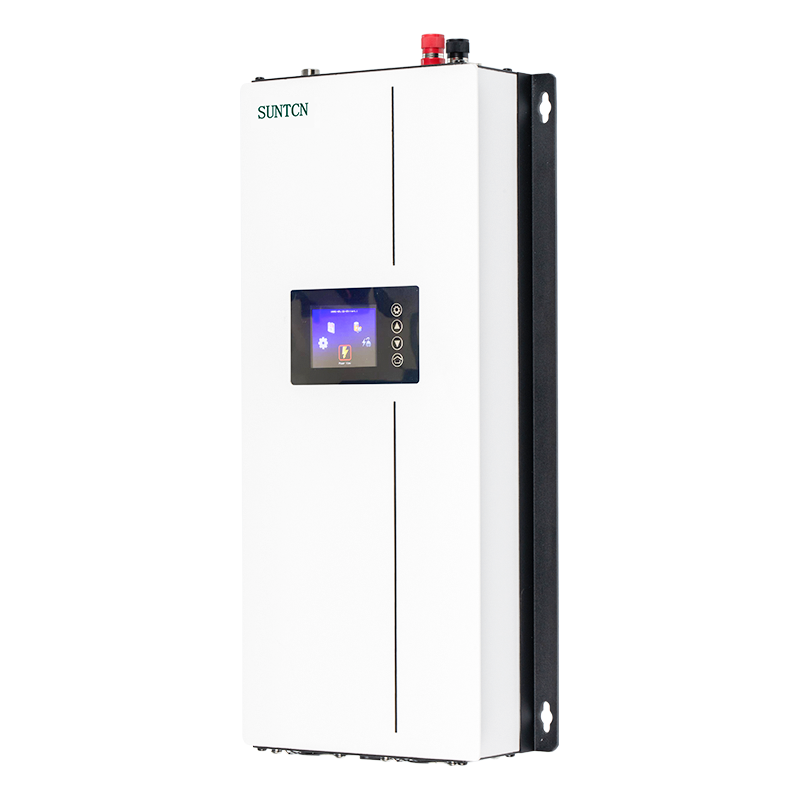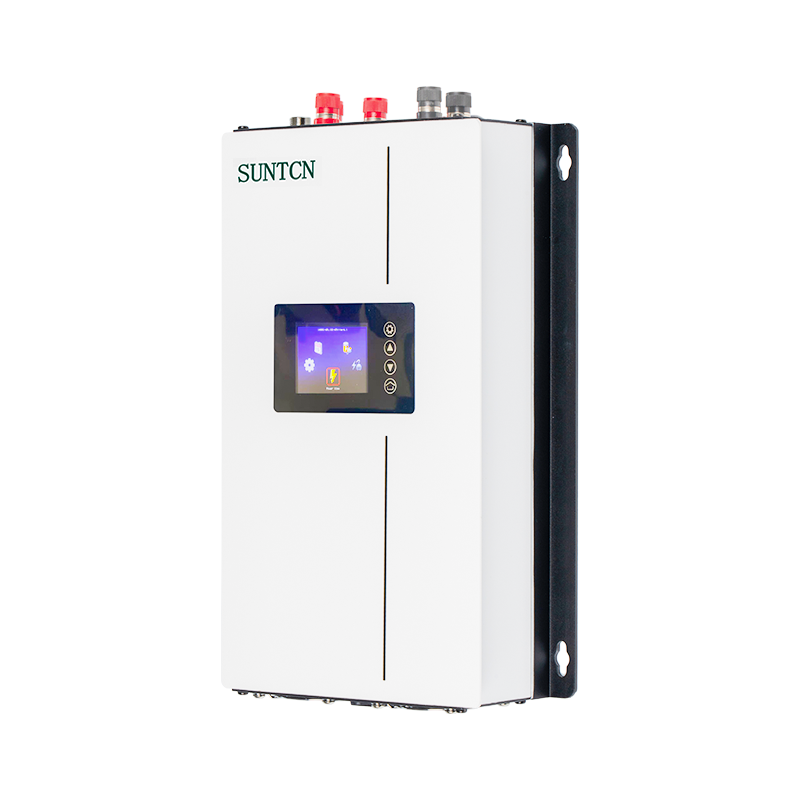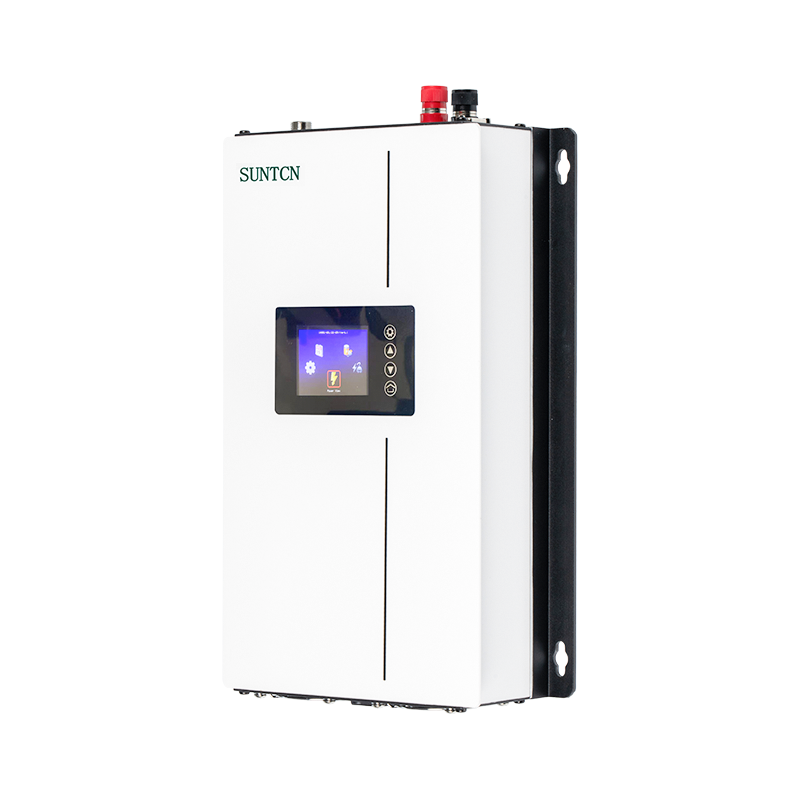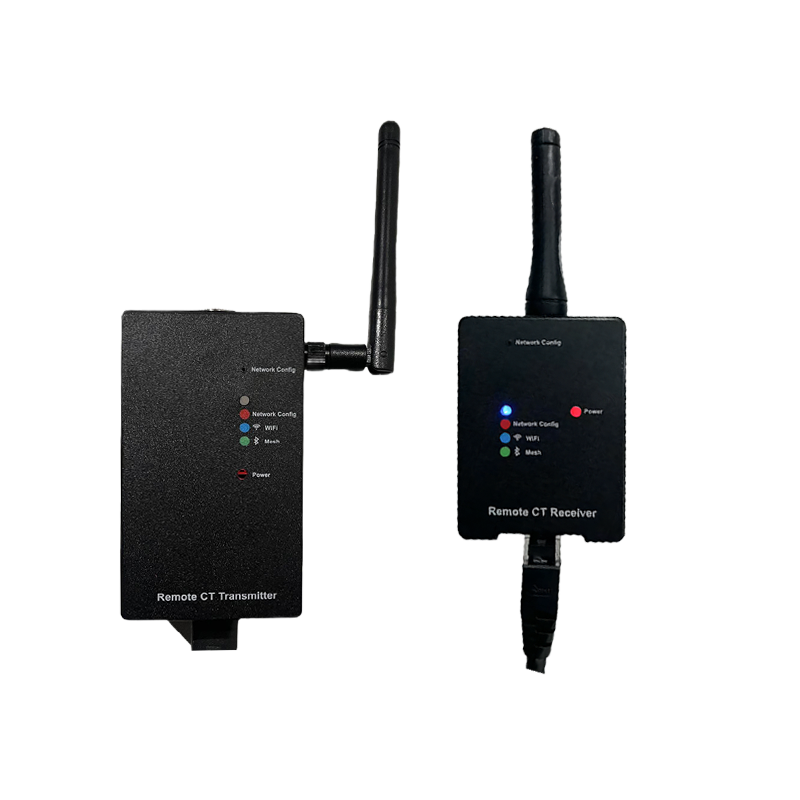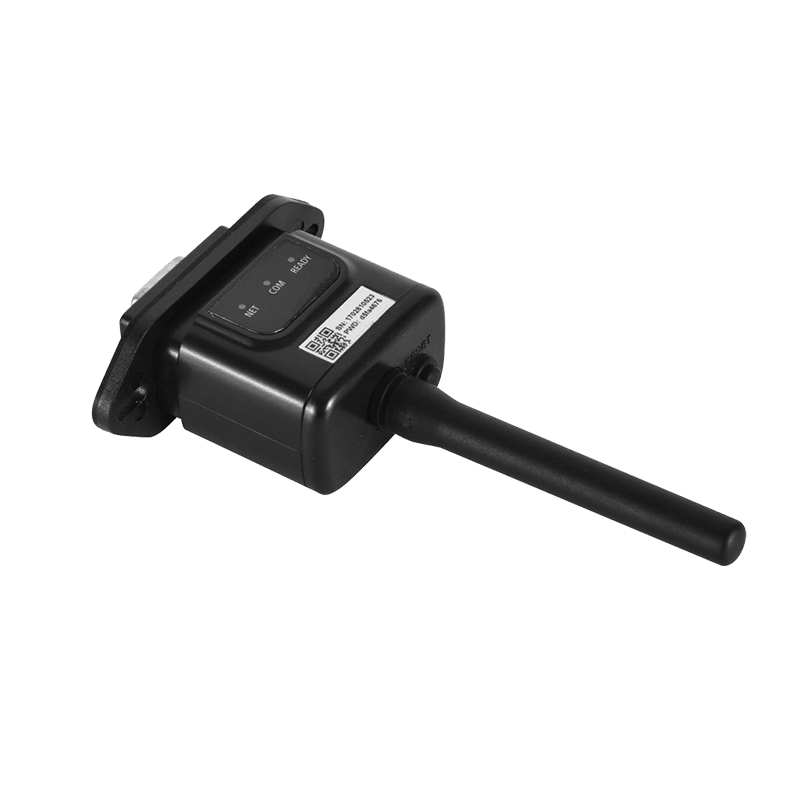A wind-turbine grid-tie inverter differs from other types of inverters in several key ways, primarily due to the unique characteristics and requirements of wind energy systems. Here are the main distinctions:
Wind turbines generate variable AC power due to fluctuating wind speeds. This requires the inverter to handle a wide range of input frequencies and voltages.
The inverter must convert the variable frequency AC output from the wind turbine to a stable DC output before converting it to grid-compatible AC.
Solar panels generate DC power, typically with less variation in voltage compared to wind turbines.Solar inverters convert DC directly to grid-compatible AC without needing to deal with variable frequency input.
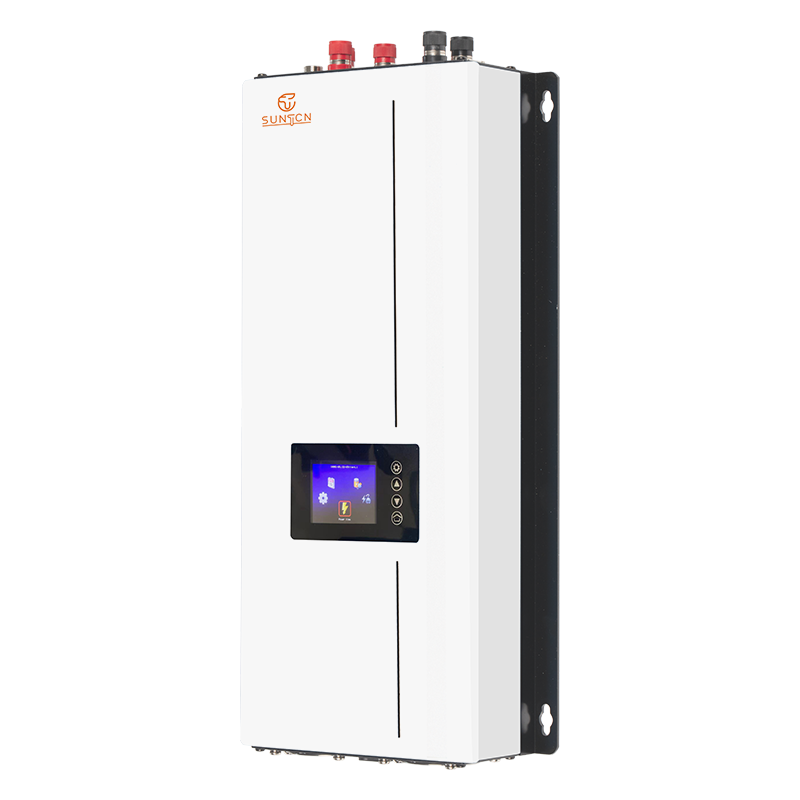
Wind inverters require sophisticated MPPT algorithms to optimize power output as wind speeds change dynamically. The algorithm adjusts the electrical load on the turbine to maintain optimal rotor speed and maximize energy capture.Solar inverters also use MPPT to optimize power output based on sunlight intensity. However, the variation is generally more predictable and less complex compared to wind energy.
Must quickly respond to rapid changes in wind speed and direction to stabilize the output and protect the turbine from mechanical stress.
Includes mechanisms to limit power output during high wind speeds to prevent damage. Primarily deals with gradual changes in solar radiation throughout the day, requiring less dynamic adjustment compared to wind inverters.
Must synchronize the variable frequency output to the stable frequency of the electrical grid, ensuring the power fed into the grid is at the correct frequency and phase.Designed to manage the charge and discharge of batteries, often with capabilities for off-grid operation and providing backup power during outages.
Can handle inputs from solar panels, wind turbines, and batteries, providing versatility but requiring more complex control systems to manage different energy sources efficiently.
Wind-turbine grid-tie inverters are specialized devices designed to manage the unique challenges posed by the variable and dynamic nature of wind energy. They differ from other inverters in their ability to handle variable AC inputs, employ advanced MPPT algorithms, and provide dynamic control and grid synchronization. Understanding these differences is crucial for selecting the right inverter for a given renewable energy application, ensuring optimal performance and integration with the electrical grid.

 English
English Español
Español Deutsch
Deutsch